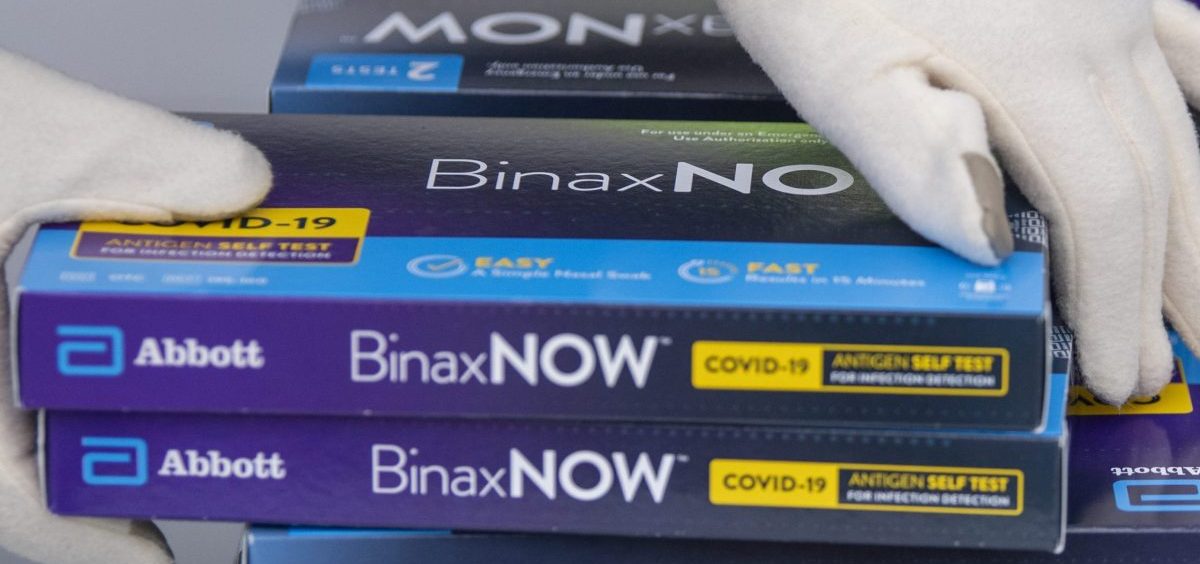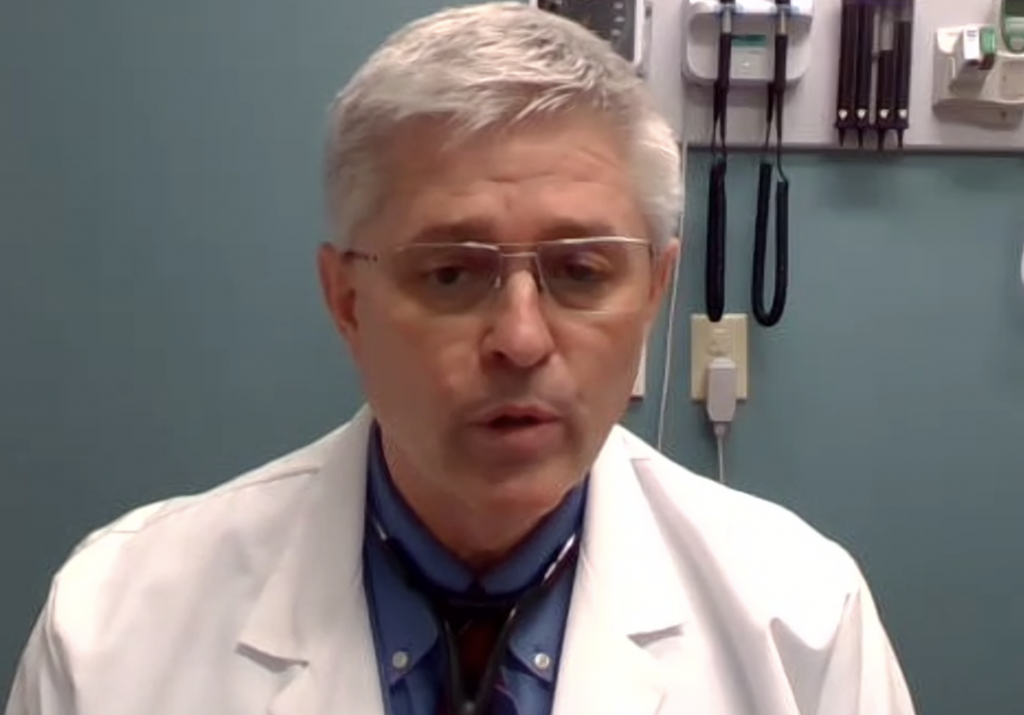News

Ohio’s health leaders say not to panic but prepare for another COVID variant
By: Jo Ingles | Statehouse News Bureau
Posted on:
COLUMBUS, Ohio (Statehouse News Bureau) — Get those at-home rapid test kits ready. Make sure you are current on your COVID vaccines and boosters. Those are just a couple of the warnings from Ohio’s top health leaders when it comes to the next possible wave of the Omicron variant.
Ohio Department of Health Director Dr. Bruce Vanderhoff said the recent surge of COVID in Ohio was due to the ba1 variant. And he said the state is in pretty good shape right now. He said 80 of Ohio’s 88 counties are at the lowest community spread level designated by the CDC. And unlike this time two months ago, none of Ohio’s counties are in the highest level category. Vanderhoff said Ohio appears to have put the most recent COVID surge behind us, noting the current levels are the lowest since last summer.
But there is another COVID threat out there. Vanderhoff said the ba2 variant of Omicron has been prevalent in some parts of Europe but so far, it hasn’t made it to Ohio.
“ba2 seems to have an edge over its cousin, ba1, in terms of being more contagious. Nevertheless, they seem to have similar severity, be similarly responsive to vaccines, and, very importantly, it’s rare to see a ba2 infection after a ba1 infection,” Vanderhoff said.
Vanderhoff said those who have had an Omicron infection recently have some degree of immunity. But he stressed the best way to get immunity from the new variant is to get vaccinated and boosted. He explained while ba2 could increase in Ohio but he says it’s unlikely it will be as much of a problem as ba1 because many people have immunity or are up to date on vaccinations and boosters. Vanderhoff said adults who are not vaccinated are 21 times more likely to die from Omicron that those who are fully vaccinated and boosted. He said children and people living in rural parts of Ohio are the least likely to be current on vaccinations.

Dr. Kevin Sharrett, medical director for rural health for Kettering Health, said lower vaccination rates in rural areas are likely due to unavailability, lack of transportation, and the independent spirit of rural residents. But he added the biggest issue is rural residents often don’t trust the government and vaccine manufacturers. So, he said, they easily buy into misinformation.
He said his practice has recently begun giving COVID vaccines to patients when they come into his office because they seem more likely to accept vaccines after he has been able to explain the risks and benefits to them. In Clark County, health officials are focusing on health equity. The Assistant Health Commissioner for the Clark County Combined Health District, Chris Cook, said his area has been successful in getting unvaccinated residents to take vaccines by making sure they are available in local grocery stores, WIC offices, food pantries, and schools.
Vanderhoff said the state is continuing to monitor wastewater for signs of the virus. But he stressed this virus is not going away and said Ohioans need to learn how to deal with it. As more Ohioans are going back to work in offices and resuming the lifestyles they had prior to the pandemic, doctors warned they should upgrade ventilation indoors if possible, keep a stock of high-quality masks available, and have some at-home tests on hand, just in case they think they have been exposed to the virus.
9(MDU1ODUxOTA3MDE2MDQwNjY2NjEyM2Q3ZA000))

